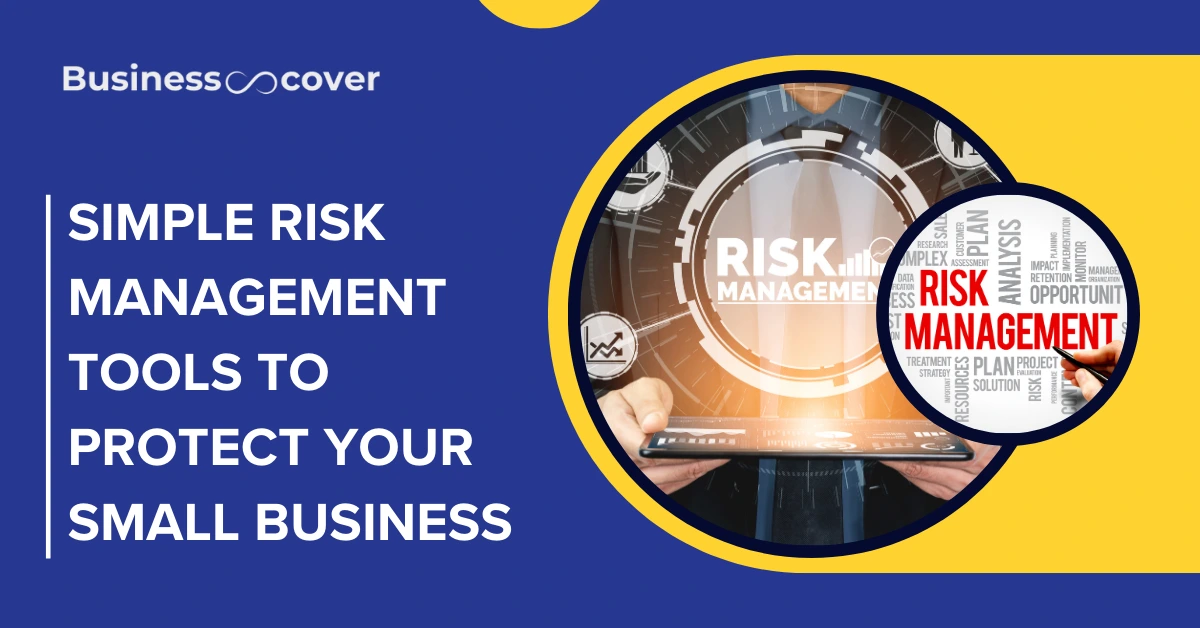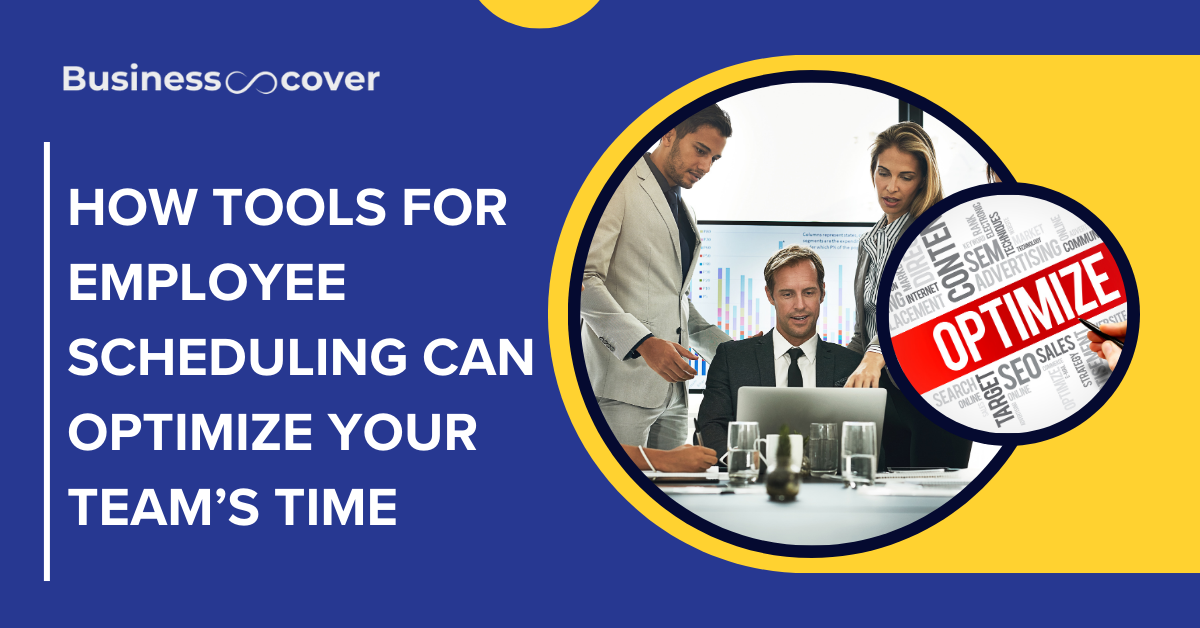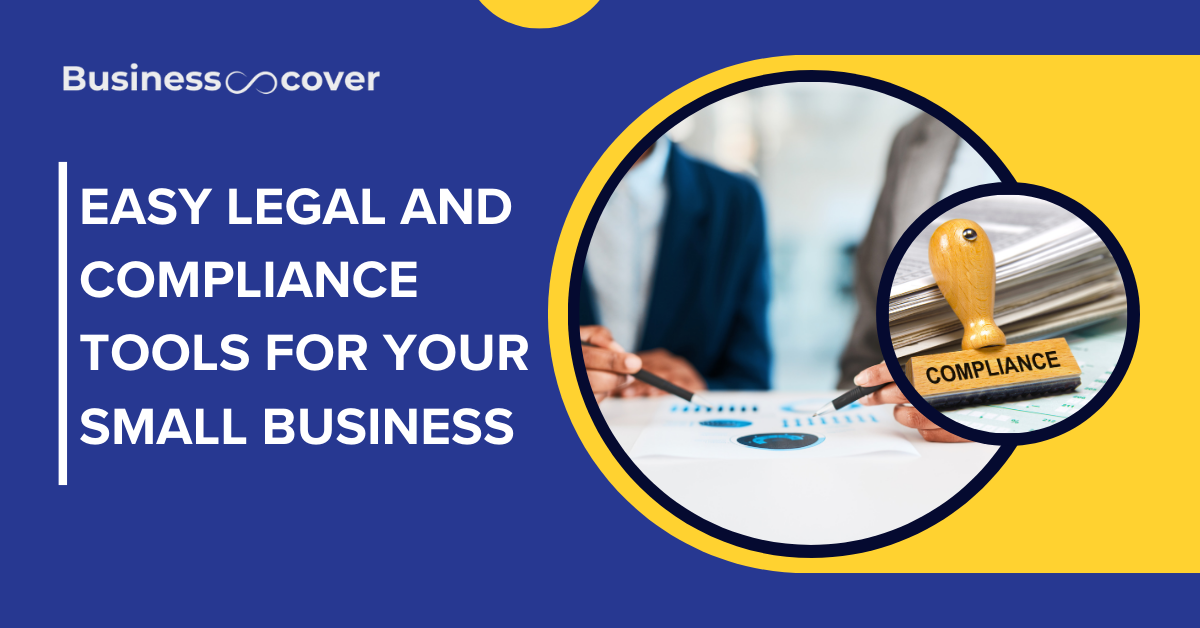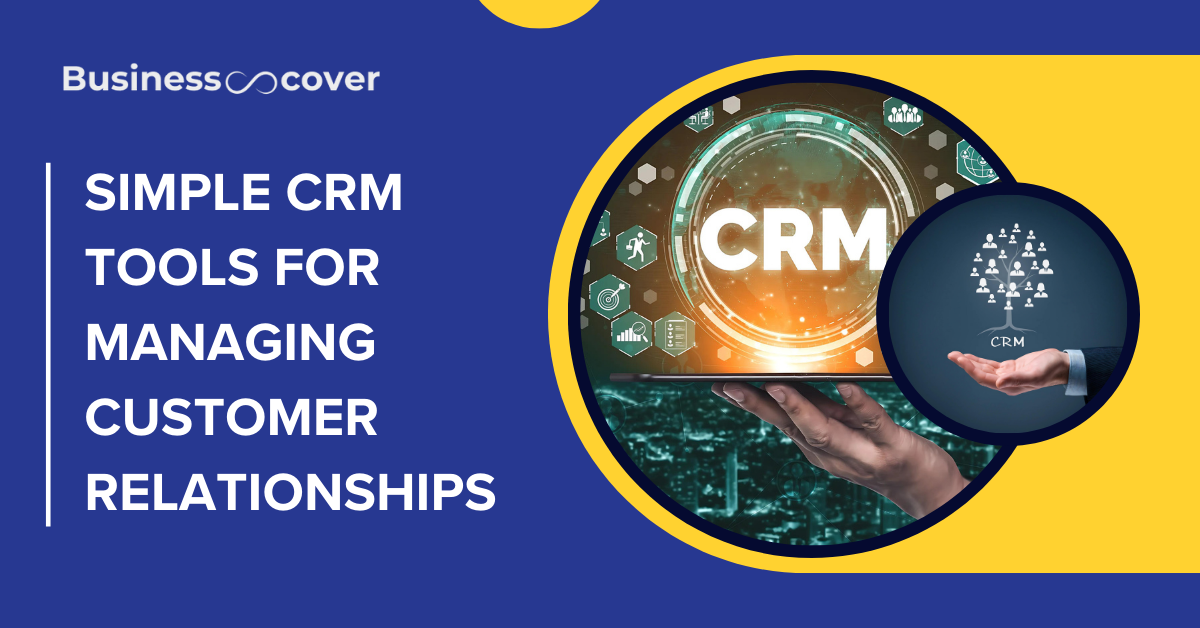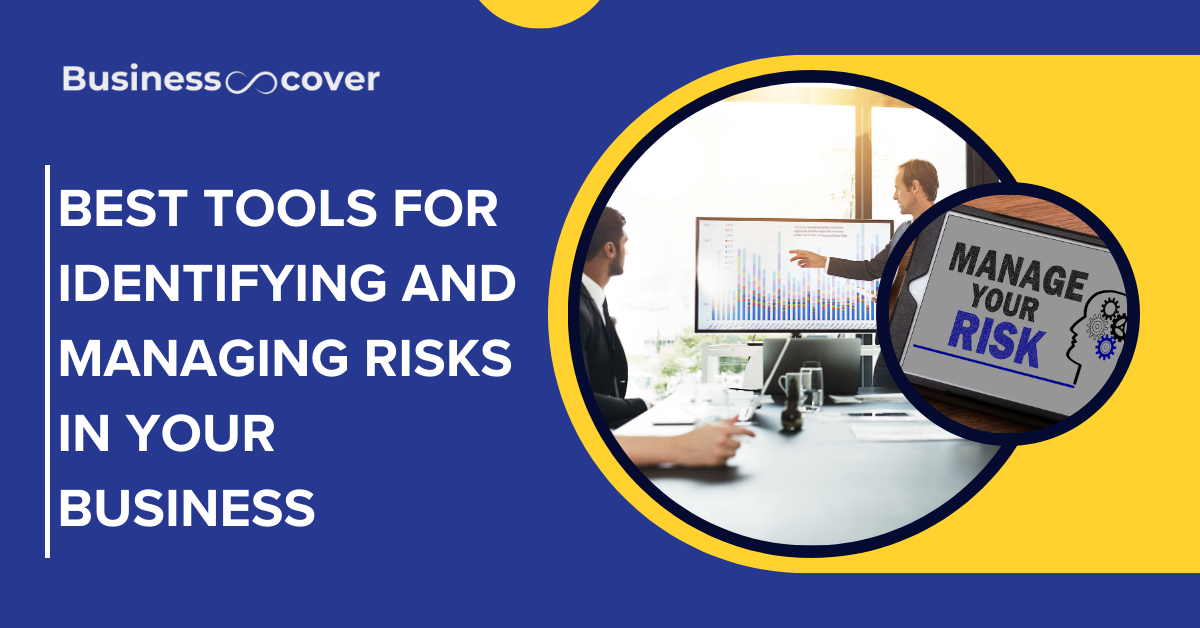Risk Management Tools – When it comes to risks involved in a small business, one can say that small firms are at risk of experiencing all sorts of risks that may endanger their business in the present growing world economy. Risk management is not just about not getting things wrong – it is also about making things right, about creating opportunity for the business to flourish and to persist. Finally, through the use of basic but profound risk management instruments, the SME owners are able to gain an understanding of risks in their organizations and learn how to manage them. This article explores a number of ideas and techniques which can be used in able to protect your business.
Understanding Risk Management
Risk management is the process of risk identification, risk assessment and risk control. It covers different kinds of risks, such as: operational risk, financial risk, reputational risk, and compliance risk. It has been found through the research that adopting a formal framework proportional to the risk faced by a small business creates an effective environment conducive to improving decision-making and organizational risk-readiness.
Key Benefits of Risk Management
- Enhanced Decision-Making: Therefore it will be easier for business owners to deliberate and come up with the best decision indefensible risks.
- Increased Resilience: Existing knowledge and awareness of possible disruptions improve the subsequent handling of such situations.
- Improved Compliance: Adhering to the regulatory requirements cuts the chances of being punished.
- Cost Savings: Managing risks before they occur can cause insurance costs to decrease and the costs linked with crises to decrease as well.
Essential Risk Management Tools
1. Resolver
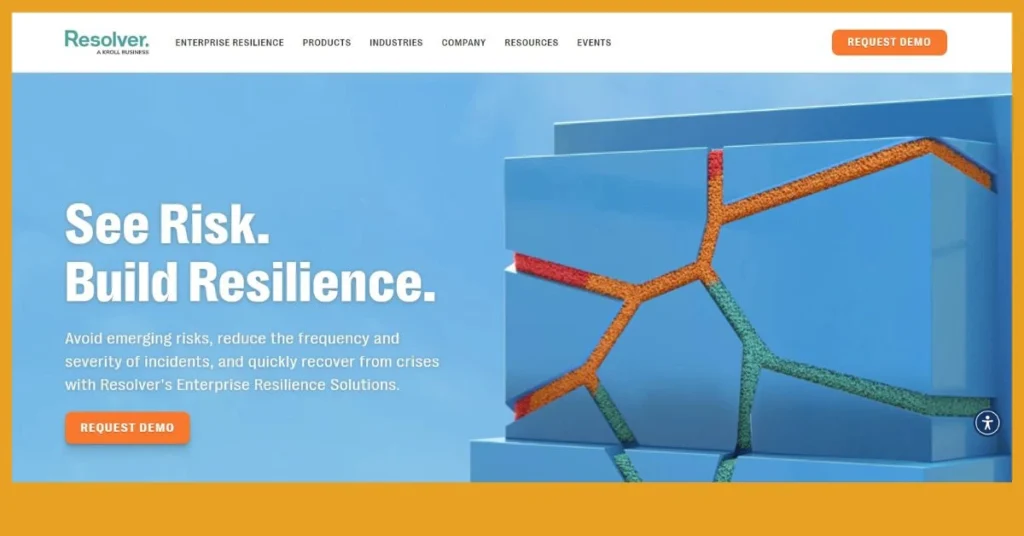
Resolver isactly a comprehensive risk management solution that organisations can use in order to address potential risks. It provides configurable profiling tool for risks and is compatible with several applications for better communication. Reporting tools of Resolver assist the stakeholders to have better understanding of exposures that are possible in the organization. In fact, Resolver is a seriously powerful risk management tool that is designed to help organisations identify risks properly. Key features include
- Risk Assessment Framework: Flexible frameworks that allow for the particular business model.
- Integration Capabilities: Integrates with over one hundred apps for smooth data transit between programs.
- Reporting Tools: Prepares elaborate reports to the various stakeholders to enhance on the aspect of divulging information.
2. Diligent
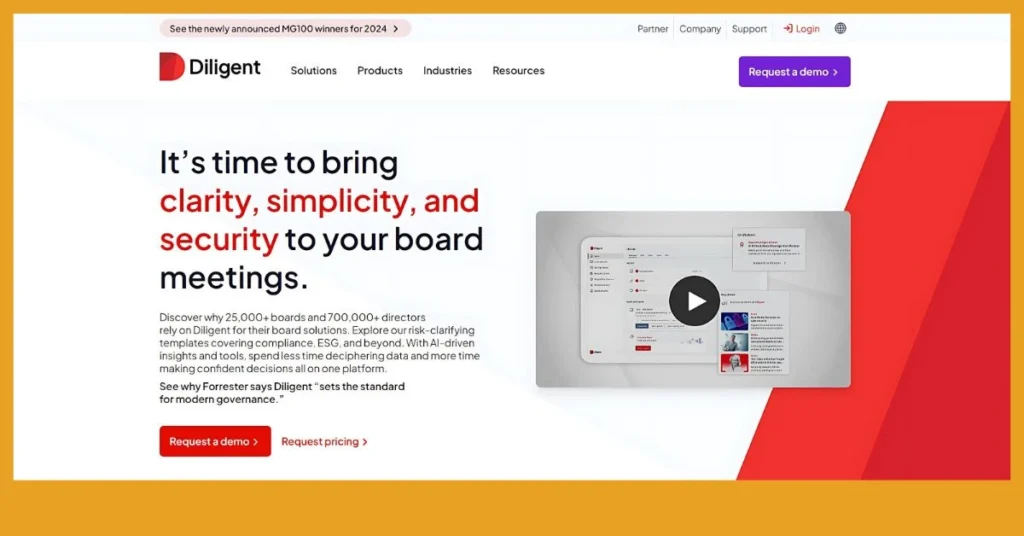
Diligent presents all-round GRC solutions designed to develop efficiency of the organizational management at the level of integral oversight. The risk management system includes early risk assessment tools and an analytical board, which makes it easy to work with large amounts of data. By implementing Dettagliate workflows are standardized and made more efficient throughout the various departments with proper risk management being a consequence. Diligent provides a full suite that is useful to governance, risk, and compliance (GRC). Its features include
- Risk Identification: All about tools useful in conducting preliminary risk assessment in a project.
- Analytics Dashboard: Risk data made to be visually represented in a way that is easier to interpret.
- Workflow Management: Simplifies the work of coordinate the risks as per the organization department.
3. Jotform
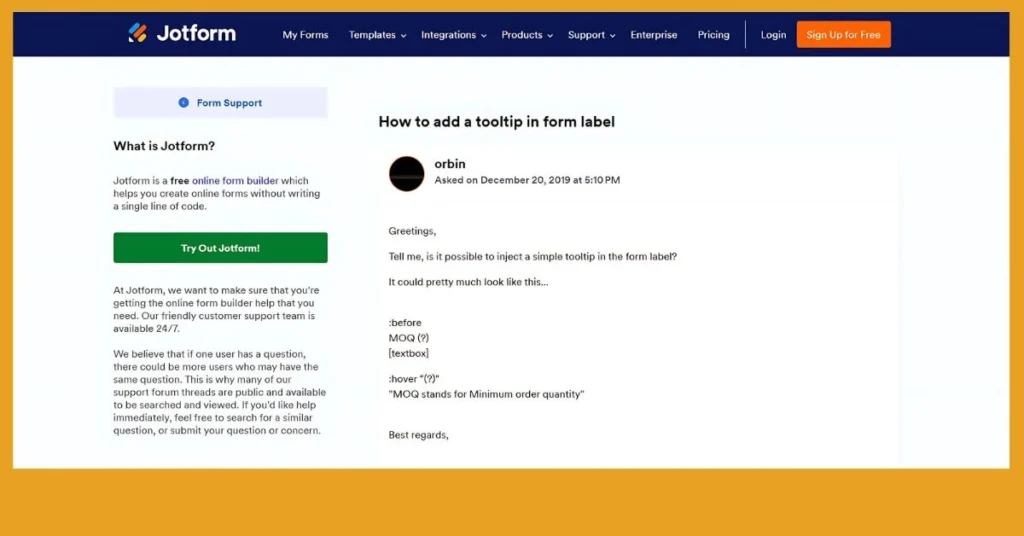
Jotform is an easy to use form builder designed for creation of online forms and includes templates for risk management. It makes it possible to build individual risk registers with efficiency and supports the multi-member interaction. Data visualization features are used by Jotform to ensure that the risks are easily explained to the stakeholders for the purpose of decision making. Jotform is an intuitive online form builder that includes templates for risk management.
- Risk Register Template: Brings together risk assessments from multiple sources in one view.
- Collaboration Features: Several people can simultaneously edit and alter risks and other data in teams.
- Data Visualization: Transforms the data gathered into different visual for easier analysis.
4. TrackMyRisks
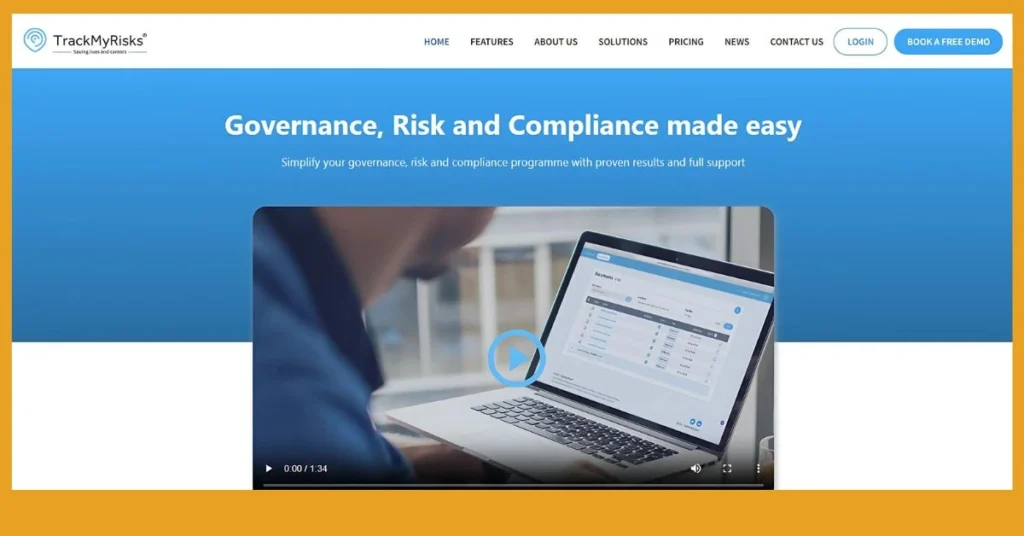
TrackMyRisks is as easy to use and as efficient as can be when it comes to tracking and managing risks. It organises all the documents related to risk as well as generates alerts on any changes in risk status. The design of the TrackMyRisks is such that members of a team can participate in managing the risks without extensive training on the tools. TrackMyRisks is designed for simplicity and efficiency:
- Centralized Document Sharing: Ensures all risk related documents are kept in one place.
- Real-Time Notifications: It reminds the users of change or updates in the status of risks.
- User-Friendly Interface: It should be very easy to navigate through in order that all parties involved in a team can easily access the tool.
5. nTask
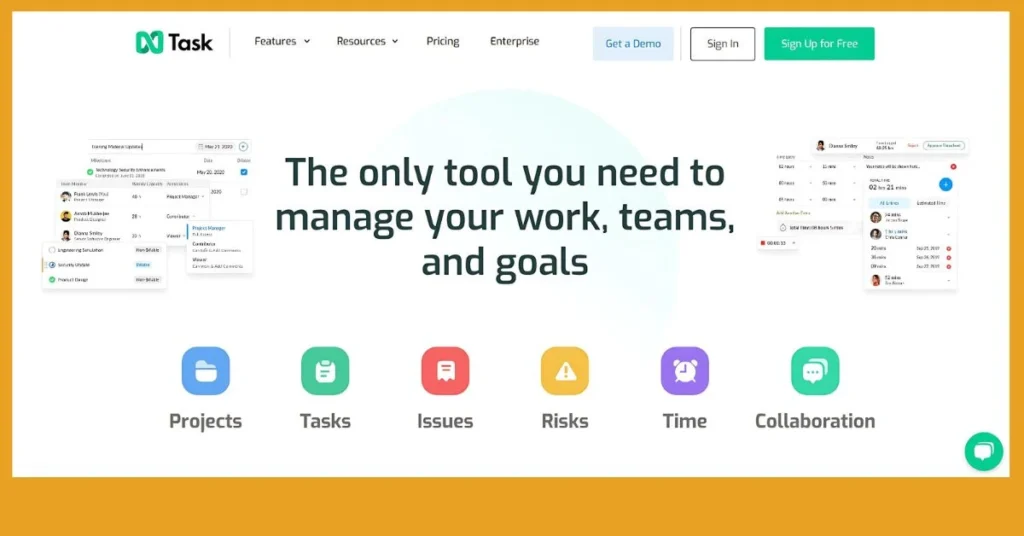
nTask is an all in one project management software that encompasses different risk assessment features on its interface. This management enables teams to allocate some risks to individuals, use matrices to illustrate risk intensity, and supervise projects with regard to risks connected with them. This integration makes sure that projects goals are consistent with efficient management of risk. nTask combines project management with risk assessment functionalities
- Task Assignment: Deallocate specific risks to concrete members which will make each of them feel responsible to overcome particular risks.
- Risk Matrix Feature: It shows the intensity of risk risking and the probability they are going to happen.
- Integrated Project Management Tools: Complements managing of risks with tracking of tasks.
6. Qualys
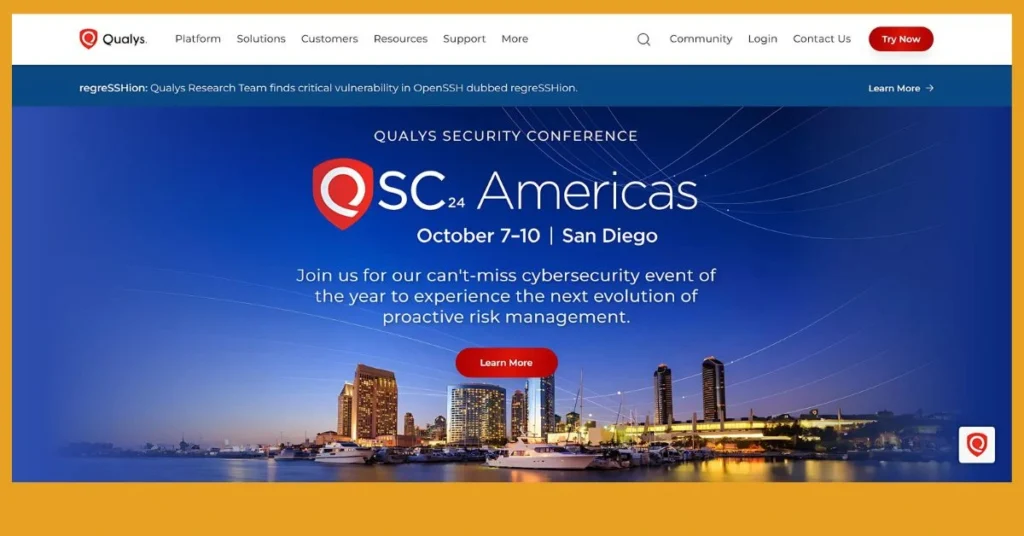
Qualys is an online security and compliance solutions firm that primarily specializes in dealing with cybersecurity vulnerabilities. It has features such as vulnerability scanning and continuous monitoring to allow an organization to determine its weakness in its IT structure and compliance. Since Qualys provides the real-time security status, this solution contributes to protecting businesses’ digital resources from new threats. Qualys focuses on cybersecurity risks
- Vulnerability Scanning: Helps you discover areas of vulnerability in your IT systems.
- Continuous Monitoring: Continuous monitoring of security measures, followed and implemented in the campus.
- Compliance Tracking: Enables the business to be in line with set standard operating procedures.
7. Essential ERM
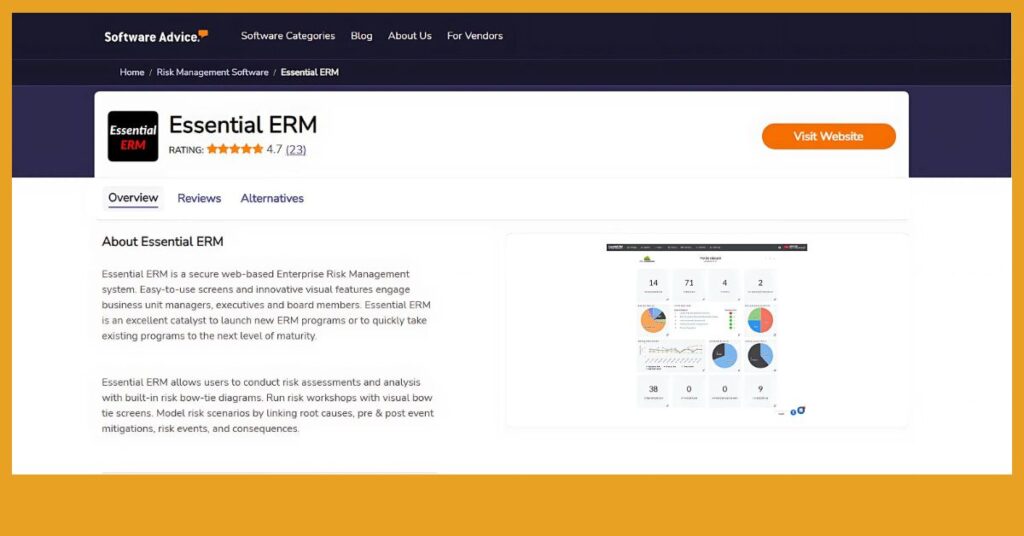
ERM is a specific software tool applied to deal with the assessment of risk management in enterprises with the sole emphasis on the possible automation of the related assessment. This guide enables the organizations to assess risks, control and enable linking of risk management approaches to the overall goals and objectives of the business. This platform also helps mid-sized enterprises, to avoid becoming a part of the problem rather than offering them a way to encourage risk avarenss culture. Essential ERM is tailored for mid-sized businesses looking for comprehensive risk management solutions:
- Heat Maps: ISSUE B: Graphic representations that point out areas of the organization that is most exposed to risks.
- Risk Modeling Capabilities: Uses case scenarios to see the effects the changes may bring about.
- Training Resources: Provides staff with information for them to be well equipped in risk management procedures.
Also Read | How Risk Management Tools Can Help You Handle Business Risks
Steps for Conducting a Risk Assessment
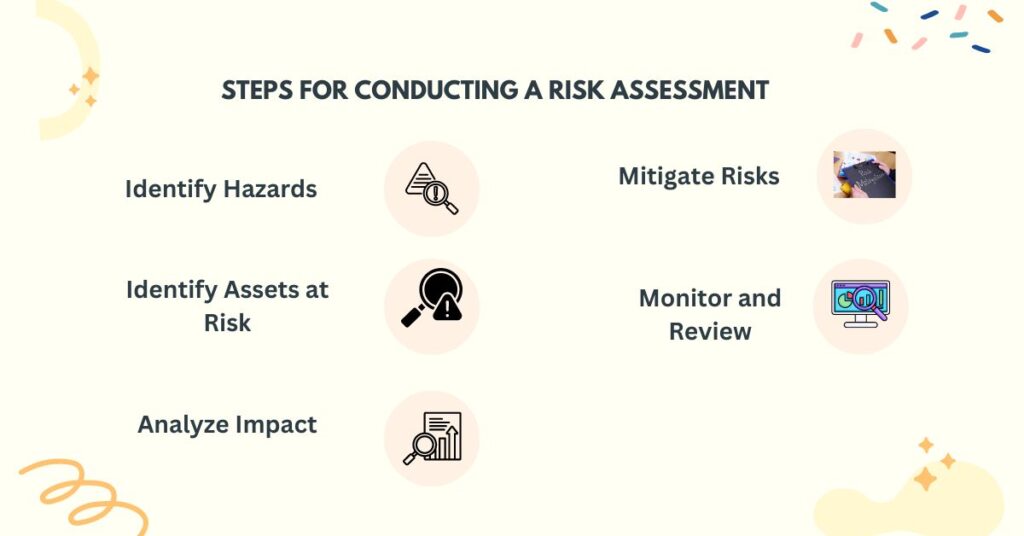
Implementing these tools requires a structured approach to conducting a thorough risk assessment:
1. Identify Hazards
- List down possible internal and external threats and challenges within the organization (disasters such as fire, floods, etc., and hacking susceptibilities).
- In order to gather a rich understanding, involve employees of different departments.
2. Identify Assets at Risk
- Identify which of the organization’s assets are most significant (e.g. employees, equipment, patents).
- Evaluate the worth of each asset as m referent to the significance in business operations.
3. Analyze Impact
- Consider the contribution of each of the risks that are highlighted herein on operations, financials and reputation.
- Make use of interviews and questionnaires for the analysis of information in terms of qualitative and quantitative analysis.
4. Mitigate Risks
- Formulate plans corresponding to each of the risks described (e.g., protective procedures – for safety risks, defense mechanisms – for cyber risks).
- Decide activities based on risk: High risk takes precedence over possible risk which takes precedence over probable risk.
5. Monitor and Review
- It also allows for the promotion of independent review of risk management activities to assess the efficiency of implemented levels of risk control.
- Flexible and adaptive by being able to adapt according to new information on the health situation.
Additional Strategies for Effective Risk Management
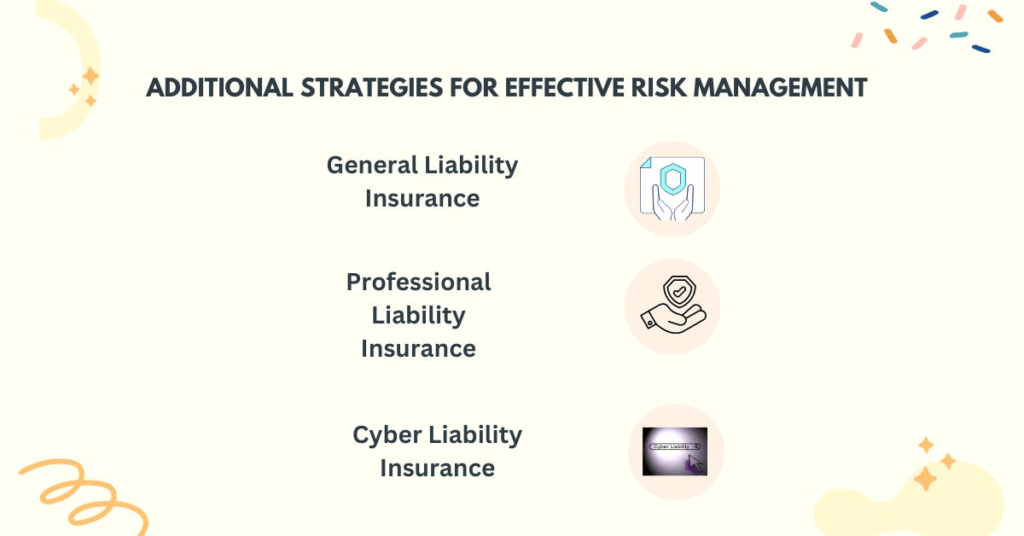
Insurance Coverage
Investing in appropriate insurance policies is crucial for transferring certain risks away from your business:
- General Liability Insurance: Exempts specific liabilities on account of physical harm to the person or on account of any harm to the property.
- Professional Liability Insurance: Includes actions that may be deemed negligent, or otherwise based on a professional’s error.
- Cyber Liability Insurance: Offers protection against loss of data and cyber-terrorism.
Legal Support
Engaging legal professionals ensures compliance with regulations and protects against liabilities:
- seek legal council on contracts, and employment issues as well as the relevant market laws.
- From time to time perform checks to determine compliance with laws of the particular country and other appropriate standard.
Cybersecurity Measures
In an increasingly digital world, cybersecurity is paramount:
- To plug this risk, it is recommended to introduce Multi-Factor Authentication (MFA) on critical systems.
- It is recommended that security awareness is presented in forms of security awareness training for employees on how to conduct business securely.
- Have firewalls and antivirus to keep off the external threats or contamination.
Conclusion
Thus, implementing these elementary but efficient risk management instruments into your activity will create a constructive systemic approach for your small business and contribute significantly to its capacity to adapt to the possibility of facing some unexpected conditions. While using this approach you are able to reduce the possibility of having more losses and at the same time cultivate the spirit of preparing in your firm. Do not confuse risk management with risk mitigation because the former is a continuous process; being keen and flexible will enable you to thrive in the current world system. Many of the tools are introduced here in additional detail and the strategies outlined here give further tips on managing risks successfully; The process of managing risks is described here as dynamic and iterative.

